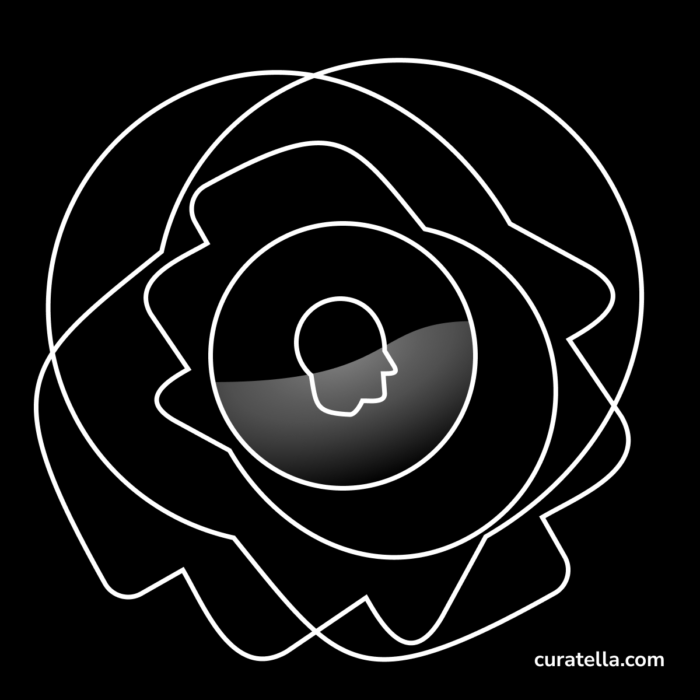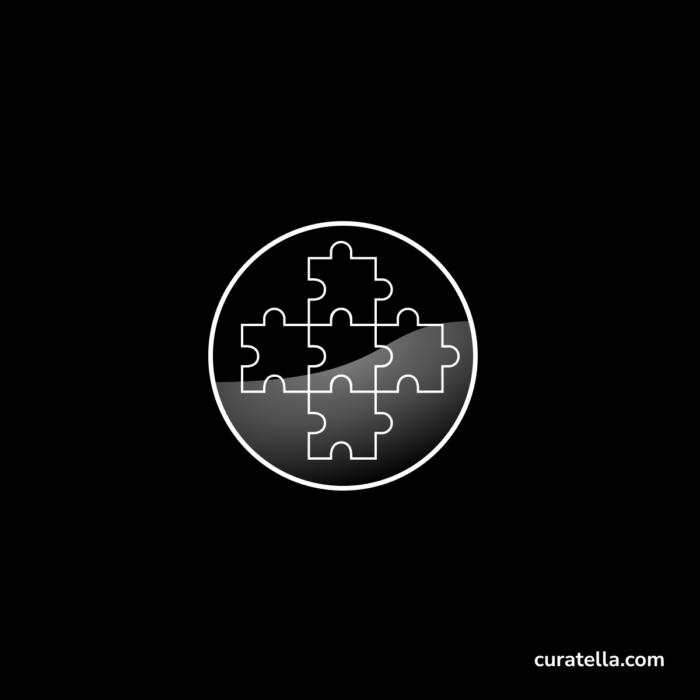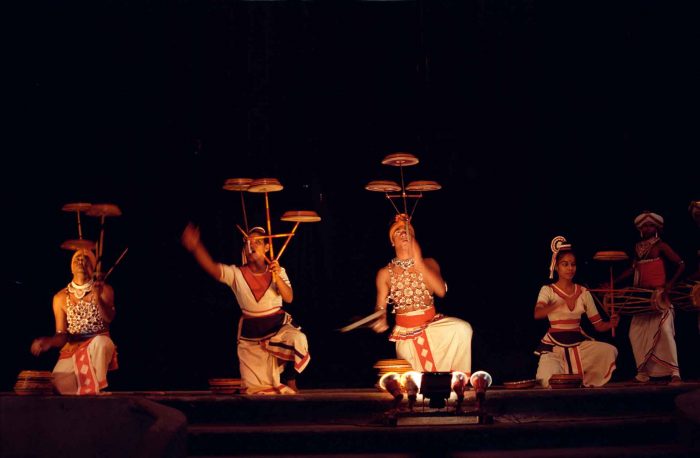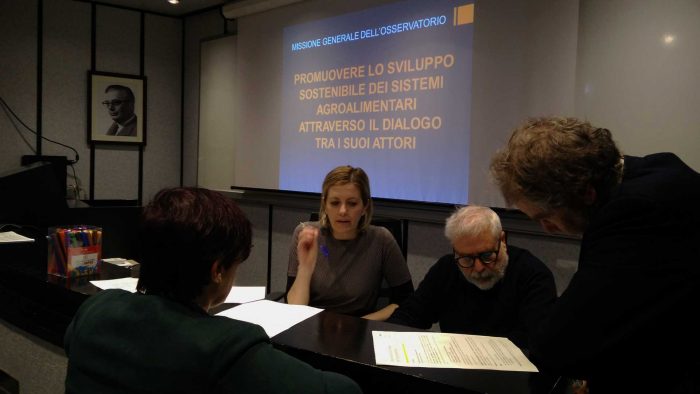Reflections on Habitual Group Creativity
Knowledge Entrepreneurs: Brain Trust Day 1
Knowledge Entrepreneurs Salon 11: Start With Community
Meeting strangers like they were good old friends
Preparing for the Podcast “Making Complexity Simple”
Facilitating Complexity Thinking
Workshop Design methods, Discovery and Ideation
Facilitating Collective Intelligence for the Sustainability of Agri-food
Strategic Design for Collective Intelligence









